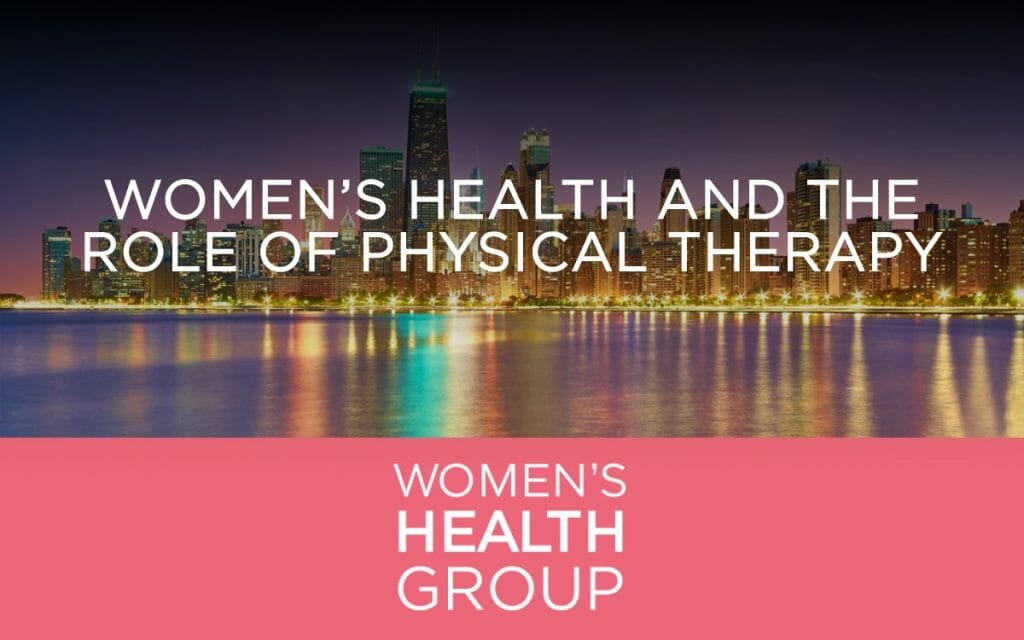Understanding Women’s Health
Women’s health encompasses a diverse array of topics ranging from reproductive health to menopause, and everything in between. As a Women’s Health Group, Obstetrician-gynecologist operating in Chicago Illinois, we define women’s health as the sum total of health-related conditions and issues that affect women physically, mentally, and socially. It involves unique health concerns based on the anatomical and physiological differences between women and men and ranging from biological to socio-economic concerns. Understanding women’s health is critical as it has significant implications for the provision of healthcare services and the overall well-being of women in society.
According to Mayo Clinic, women’s health is a specialized field that focuses on women’s physical health, mental health, and lifestyle issues with a particular emphasis on diseases, conditions, and situations that specifically affect women.
The Importance of Attention to Women’s Health
The importance of paying special attention to women’s health cannot be over-emphasized. Women are susceptible to both general health problems that can affect anyone, regardless of sex, and unique health challenges exclusive to their gender. Conditions such as ovarian and cervical cancers, menopause, pregnancy complications, or menstrual issues are critical areas often needing specialized attention in women’s health.
Furthermore, women also uniquely respond to certain chronic health issues such as heart disease, osteoarthritis, and depression differently from men. For instance, statistics show that more women die from heart disease than men, and they often exhibit different symptoms of the same diseases compared to men.
The Role of Physical Therapy in Women’s Health
One aspect often overlooked in women’s health is the role of physical therapy. Physical therapy is a valuable tool for managing various health conditions that women might face from adolescence through adulthood and into their senior years.
To begin with, physical therapy provides personalized treatments for conditions such as pelvic floor disorders, lymphedema, osteoporosis, and pregnancy/postpartum-related discomfort. Physical therapists work with patients to build strength, improve posture, and learn techniques to manage chronic pain, to mention a few.
Physical Therapy and Pregnancy
During pregnancy, a woman’s body goes through significant physiological changes that can cause discomfort or pain. Physical therapists provide therapeutic exercises and techniques to help alleviate common pregnancy-related conditions such as back pain, pelvic pain, and incontinence.
Postpartum, physical therapy plays a vital role in helping new mothers recover and regain their pre-pregnancy fitness levels. A rehabilitation plan may include exercises to strengthen abdominal muscles or advice on proper lifting techniques when caring for a baby.
Physical Therapy and Menopause
During and after menopause, fluctuating hormone levels can lead to changes like increased body fat, reduced muscle mass, and lower bone density. Physical therapists come in handy by providing strength training and weight-bearing exercises to help counter these effects, reduce the risk of osteoporosis, and improve overall well-being.
Physical Therapy and Post-Surgical Rehabilitation
Another area where physical therapy significantly contributes to women’s health is post-surgical care. Following procedures such as a mastectomy or hysterectomy, physical therapists help patients regain strength, improve mobility, and manage pain. Physical therapists also play a critical role in the rehabilitation process after treatment for various forms of cancer that dominantly affect women.
Preventive Role of Physical Therapy in Women’s Health
More than just treatment, physical therapy also has a preventive role in women’s health. Regular physical activity can keep weight in check, decrease the risk of heart disease, stroke, and type 2 diabetes, some cancers, and osteoporosis. Moreover, it helps improve mood and reduce symptoms of anxiety and depression.
Thus, embracing the multi-faceted roles physical therapy plays, will holistically enhance women’s health as we move towards more tailored healthcare solutions that encompass the complete needs of women across their lifespan.
Emphasizing Women’s Health: The Bottom Line
In conclusion, the understanding of women’s health needs to go beyond the commonly focused areas. While these are still highly important, it is essential that more facets of women’s health, like physical therapy, be promoted. For comprehensive women’s care, the role of physical therapy cannot be ignored, given the numerous benefits it offers from managing specific health conditions to aiding in surgical recovery and disease prevention. Ultimately, a multi-disciplinary approach that considers all aspects of women’s health provides the pathway to a healthier, happier female population.




